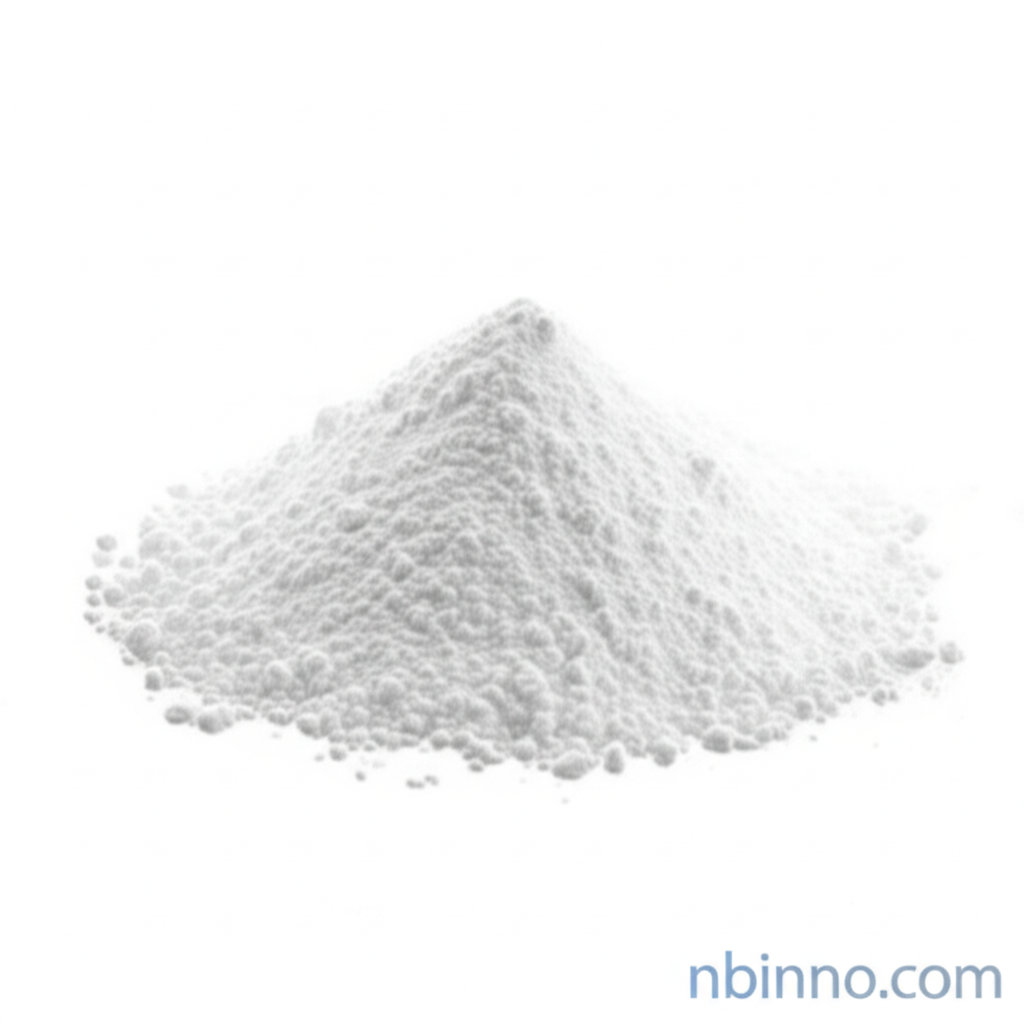2-Aminoethyl Methacrylate Hydrochloride: Properties, Applications, and Chemical Synthesis Insights
A comprehensive look at a versatile monomer for advanced material development.
Get a Quote & SampleProduct Core Value

2-Aminoethyl Methacrylate Hydrochloride
2-Aminoethyl Methacrylate Hydrochloride (AEMA HCl) is a highly reactive hydrophilic monomer characterized by its primary amine group and a methacrylate backbone. This unique structure allows for straightforward copolymerization with other acrylates or methacrylates, enabling the design of functional materials with precisely tailored properties. The presence of the amine group is particularly advantageous as it facilitates efficient post-polymerization modifications, such as covalent coupling or crosslinking, significantly broadening its utility across various advanced material applications.
- Discover the critical role of AEMA HCl in biomedical applications, especially in hydrogel formulations for drug delivery systems, wound dressings, and tissue scaffolds, enabling tunable drug release and enhanced biocompatibility.
- Explore how this monomer enhances adhesion and crosslinking in specialty coatings designed for surfaces requiring superior durability, corrosion resistance, or specific chemical functionalities.
- Understand its use in functional polymers for sensors, conductive films, and optoelectronic applications where precise chemical modification is a necessity for optimal performance.
- Learn about the benefits of amine group functionalization polymers derived from AEMA HCl for creating advanced material properties.
Advantages of Using AEMA HCl
Versatile Copolymerization
Leverage the capability of AEMA HCl to undergo straightforward copolymerization with other acrylates or methacrylates, creating diverse functional materials to meet specific 2-aminoethyl methacrylate hydrochloride synthesis needs.
Enhanced Material Properties
Achieve tailored material properties by incorporating the primary amine group, which facilitates post-polymerization modifications for advanced applications in functional polymers.
Biocompatibility and Drug Delivery
Utilize its hydrophilic nature and amine functionality in biomedical applications, such as hydrogels, to ensure biocompatibility and control drug release kinetics for enhanced therapeutic outcomes.
Key Applications
Biomedical Materials
Critical for hydrogel formulations in drug delivery systems, wound dressings, and tissue scaffolds, improving biocompatibility and controlled release of active compounds, as sought in AEMA HCl applications biomedical research.
Specialty Coatings
Enhances adhesion and crosslinking in coatings, providing durability, corrosion resistance, and specific chemical functionalities for various surface treatments.
Electronics
Incorporated into functional polymers for sensors, conductive films, and optoelectronic devices, enabling precise chemical modifications for improved performance.
Polymer Synthesis
Serves as a key building block for synthesizing polymers with pendant primary amine groups, crucial for creating advanced materials through polymer modification strategies.
